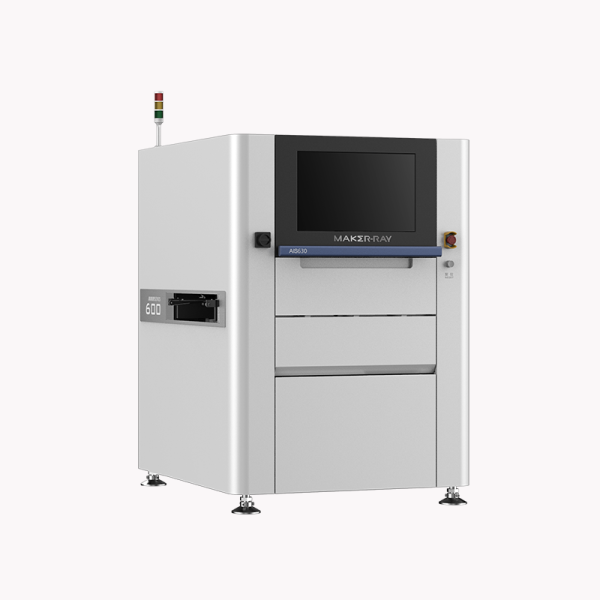Solder paste inspection is the process of inspecting electronic PCBs to ensure that the appropriate amount and type of solder paste has been applied. This article can help you understand the basics of this process and what you should be looking for.
How can solder paste inspection be used?
Using phase modulation profile measurement technology to achieve three-dimensional measurement of precision printed solder paste, while ensuring high-speed measurement, the measurement accuracy is greatly improved. Solder paste inspection is a critical step in the manufacturing process of electronic devices. By inspecting solder paste, manufacturers can ensure that the components are properly joined and that no defects exist.
Something you should pay attention
There are a few things to look for when inspecting solder paste. Pinch points should be tight and have no spaces between them. The joint should be smooth and have a uniform thickness. Any bumps or lumps in the paste should be smoothed out. Finally, the color should be uniform and not streaky or blotchy.
If any of these conditions are not met, it may be an indication of a problem with the solder joint. Solder paste inspection can help identify problems before they cause any damage.
Conclusion
Solder paste inspection is an important process for ensuring high-quality connections between electronic components. In this article, we’ll overview the basics of solder paste inspection and share some tips on what to look for when inspecting solder paste. By understanding, you can help ensure that your electronics are assembled correctly and meet all required specifications. If you want to know more about these, feel free to contact MAKER-RAY.




